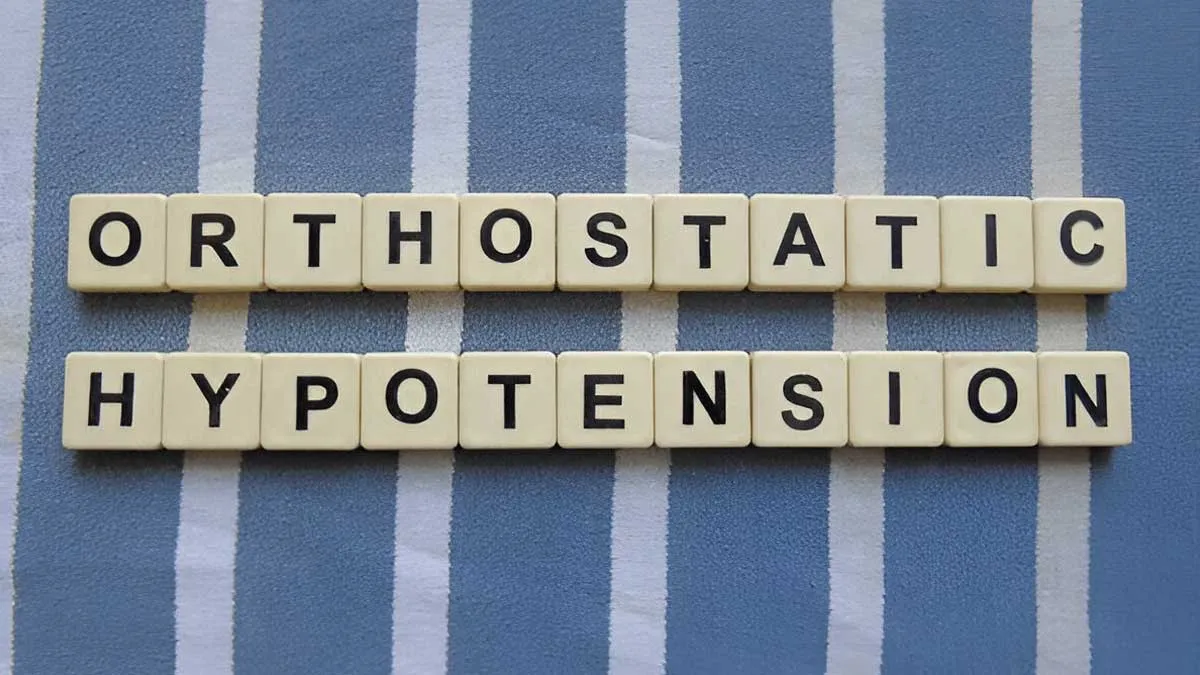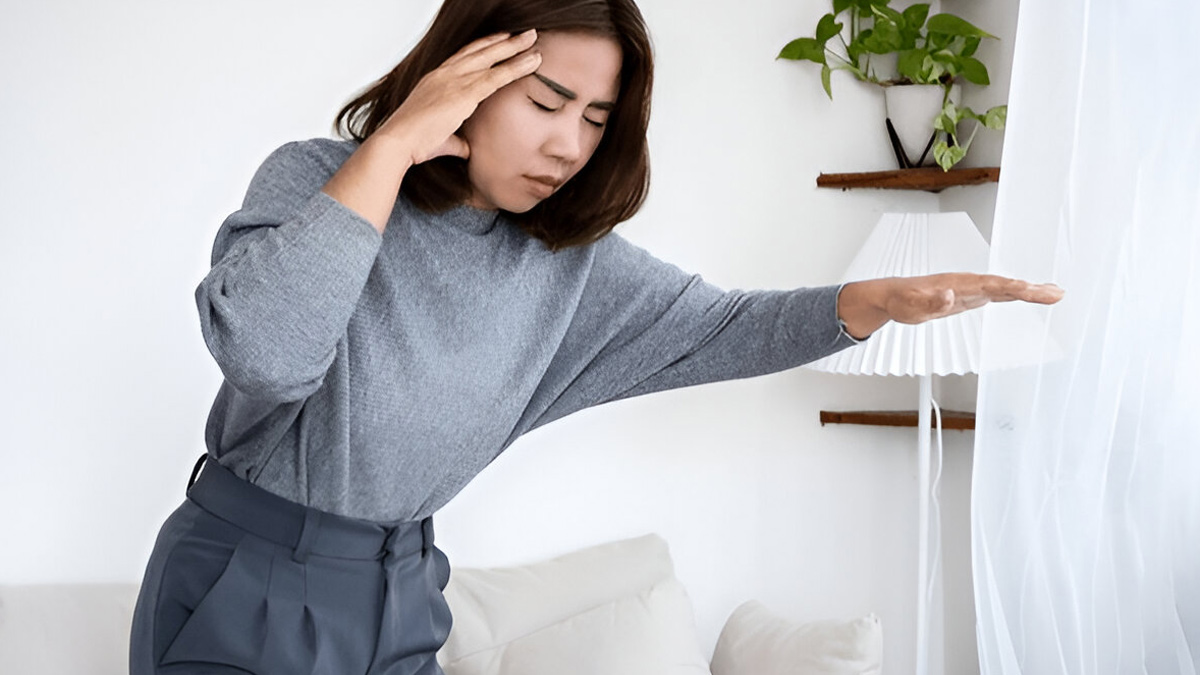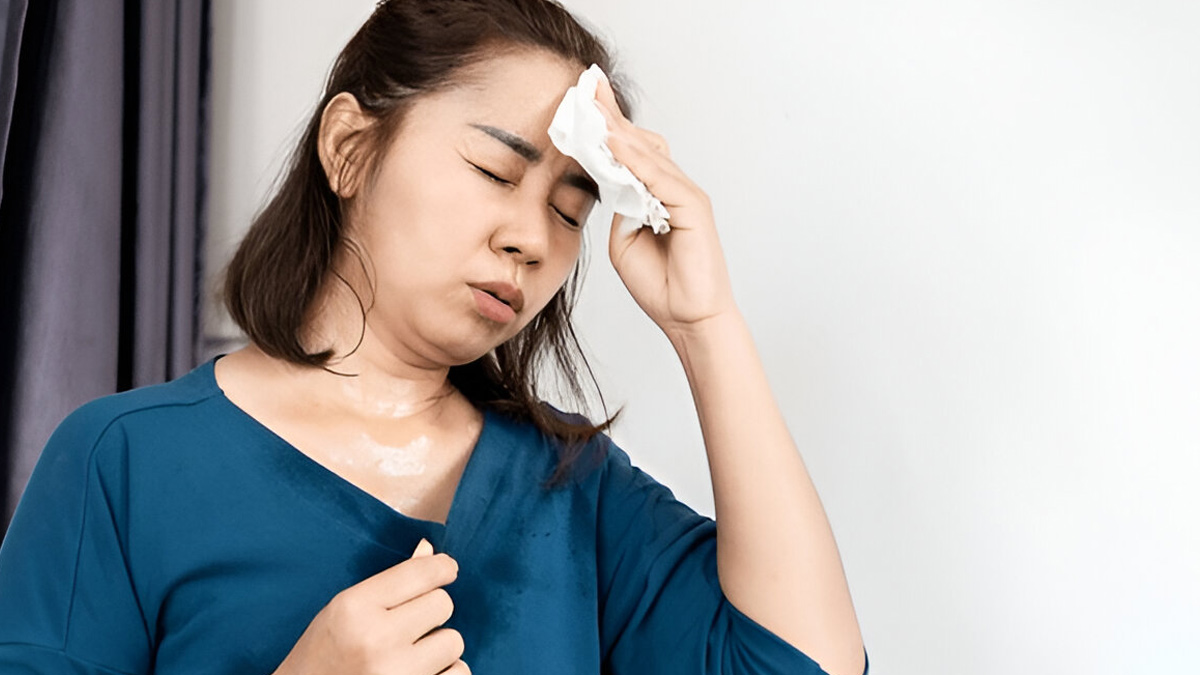
Have you ever stood up too quickly and suddenly felt dizzy or like the room spun for a moment? That brief lightheaded feeling is more common than you’d think, and in many cases, it’s a harmless phenomenon known as orthostatic hypotension or orthostatic drops. While it sounds complex, it’s a temporary dip in blood pressure when you go from sitting or lying down to standing up.
Table of Content:-
This fall can cause you to feel light-headed, unsteady, or confused for a few seconds. But what causes it, and are there things that you can do at home to prevent it from occurring so frequently?
What Is Orthostatic Hypotension?

Orthostatic Hypotension (OH) is a condition where your blood pressure falls significantly when you change positions, typically when moving from lying down or sitting to standing. Normally, the body rapidly adjusts blood flow to maintain stable blood pressure levels, but in OH, this adjustment occurs more slowly.
Symptoms Of Orthostatic Hypotension
- Dizziness or lightheadedness
- Blurred vision
- Feeling faint or unsteady
- In rare cases, a brief loss of consciousness
Mild orthostatic drops are common and usually not dangerous, particularly in younger individuals or following prolonged sitting. If it occurs regularly, or if you faint, it's a good idea to investigate further.
Also Read: Orthostatic Hypotension: How To Get Your Blood Pressure Back To Normal
Why Does This Happen?
When you rise from sitting, gravity draws blood toward your legs, briefly decreasing the amount of blood going back to your heart and brain. Under normal circumstances, your nervous system reacts quickly by constricting blood vessels and boosting heart rate to stabilise your blood pressure levels.
But if that reaction is slow, your brain receives less oxygen for a few seconds, and that's when the dizziness strikes.
Common triggers for mild orthostatic drops:

- Dehydration: Reduced blood fluid is equal to decreased blood pressure.
- Missing meals: Low blood glucose can increase the symptoms.
- Exposure to heat: Temperatures make blood vessels expand, lowering blood pressure.
- Sitting or lying down for a long time: Particularly if you rise before you get a chance to sit up.
- Medications: Some psychiatric or blood pressure drugs can be a factor.
- Consulting mild anaemia or low iron: May influence oxygen delivery to the brain.
Home Remedies to Manage It Better
If your episodes are mild and occasional, here are simple, practical steps to reduce or prevent them:
1. Get Up Slowly
This is the golden rule. Don’t jump out of bed or spring off the sofa. Sit for a moment, then rise slowly to give your body time to adjust.
2. Stay Hydrated
Drink at least 1.5–2.5 litres of fluid daily. A rapid water boost (two glasses) can raise systolic blood pressure ~20 mmHg for about two hours, according to a 2011 study.
3. Add a Little Salt (If Allowed)
Sodium helps retain fluids and raise blood pressure. If your doctor hasn’t restricted your salt intake, a moderate increase in dietary salt can help.
4. Eat Small, Frequent Meals
Big meals divert blood to the digestive system, which can drop your pressure further. Try lighter, more frequent meals to maintain stable energy and circulation.
5. Avoid Alcohol
Alcohol dilates blood vessels and can contribute to drops in pressure, especially if you are already prone to dizziness.
6. Wear Compression Stockings
These help prevent blood from pooling in your legs and support healthy blood return to the heart.
7. Elevate the Head of Your Bed
Sleeping with your head slightly elevated can help your body adjust better when you wake up in the morning.
8. Do Calf Pumps or Leg Movements
Before standing, move your feet up and down, or do a few seated marches to get your blood flowing again.
When to See a Doctor
Although occasional dizziness is not a cause for concern, frequent dizziness, fainting, or accompanying symptoms, such as chest pain, palpitations, or blurred vision must be investigated. Orthostatic hypotension is occasionally a manifestation of:
- Heart issues
- Nervous system disorders
- Nutritional deficiencies
- Side effects from medication
Also, older adults or people with chronic illnesses should be more cautious, as falls and injuries can result from even mild dizziness.
Bottomline
Feeling lightheaded when standing up fast is something most of us have experienced, but it’s not something to brush off if it happens often. With a few easy home habits, like moving more slowly, staying hydrated, and tweaking your meals, you can usually keep mild orthostatic drops in check. And if the dizzy spells become a regular thing? It’s worth a chat with your doctor, just to be safe.
[Disclaimer: This article contains information for informational purposes only. Hence, we advise you to consult your professional if you are dealing with any health issue to avoid complications.]
Also watch this video
How we keep this article up to date:
We work with experts and keep a close eye on the latest in health and wellness. Whenever there is a new research or helpful information, we update our articles with accurate and useful advice.
Current Version